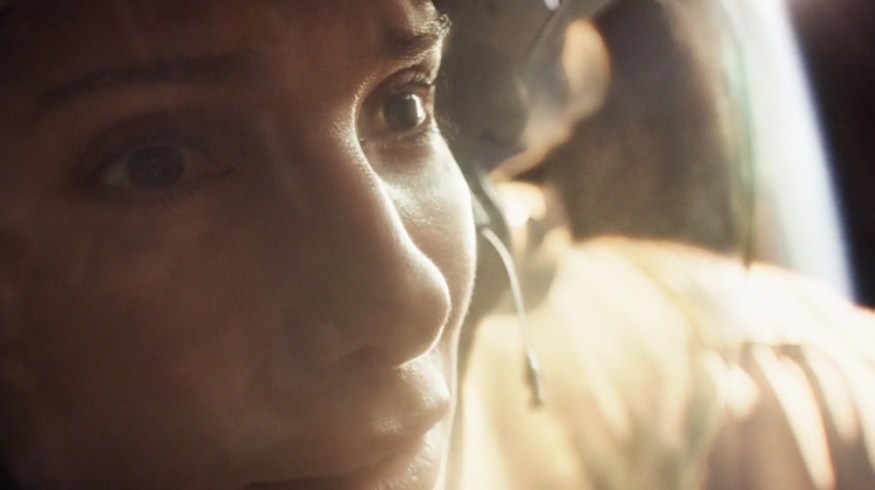
How to Organically Incorporate Close-Ups Into Your Edit
Close-ups and extreme close-ups have the power to be intimate, terrifying, and hilarious. Placing these shots naturally in your work is tricky — but not impossible.
Top image via Warner Bros.
Close-ups have been around since the beginning of film. They’re used in everything you watch and are an essential part of filmmaking. Whether you’re shooting commercials, music videos, corporate video or actual movies, close-ups are a necessity and need to be utilized in the proper way at the appropriate time.
Building Tension
 Image via MGM Studios
Image via MGM Studios
Sergio Leone was a master of the close-up. Not only would he use super-wide lenses for extreme close-ups of eyes, hands, guns, and mouths, but he would edit his scenes in a way that built tension like nobody’s business. Instead of using actual camera and body movement to convey the tense nature of a scene, Leone would cut from medium shot to close-up to extreme close-up while moving back and forth between characters. The result was intense to say the least.
In doing this, the audience moves with you from one desired gaze to the next. This quick, direct cutting gives the viewer no time to think — just feel.
An extreme close-up of the eye is a classic method for showing character reactions and emotions. A dilating, widening, or shutting eye conveys a sense of suddenness and tension that is hard to replicate with other body movements. Roman Holiday released this wonderful video compilation of extreme eye close-ups to show you the possibilities and appeal of using these shots.
Transitional
 Image via Universal Pictures
Image via Universal Pictures
Close-ups can be an excellent way of transitioning to the next scene. Because of the screen-filling, eye-encompassing nature of close-ups, the object in frame is usually the ONLY object in frame. Nothing else matters. When moving from scene to scene, cutting away to an object or person that might also be in the next scene is an excellent way of transitioning by means of distraction.
This method of transition is put to perfect use by Edgar Wright. Wright has discussed in the past why he likes close-ups and how close-ups can be implemented in an intelligent way.
Every Frame A Painting also produced an enlightening video on why Edgar Wright’s editing and camera work is some of the best out there. Worth the watch!
Using Macro
 Image via A24
Image via A24
Regardless of the genre or style of video you’re producing, macro lens close-ups can be seamlessly woven into the plot — or they can be exceptionally jarring. When a character is looking at something, cut to that extremely close-up shot of the “something.” On the opposite end of the spectrum, wake your audience up with a jolting close-up.
The above image is from Jonathan Glazer’s Under the Skin, set against the white backdrop, the central alien character discovers an ant crawling on her finger. The staggeringly close shot of the ant makes it seem monstrous as it moves around on her massive finger. This shot immediately disappears and returns to wide, leaving the viewer suspended and wondering what they just saw. The cut makes the shot of the ant that much more appalling and disturbing.
Taking a more light-hearted approach to a macro shot of ants, director Peyton Reed, used macro lenses to get actual shots of ants and the environments for Ant-Man. This creative use of macro photography is an excellent example of how close-ups can produce a stunning experience for the audience.
Video via Marvel
For some compelling close-up examples, check out these super cuts featuring master directors making use of the technique:
Got any favorite close-up moments? Share them in the comments below!




